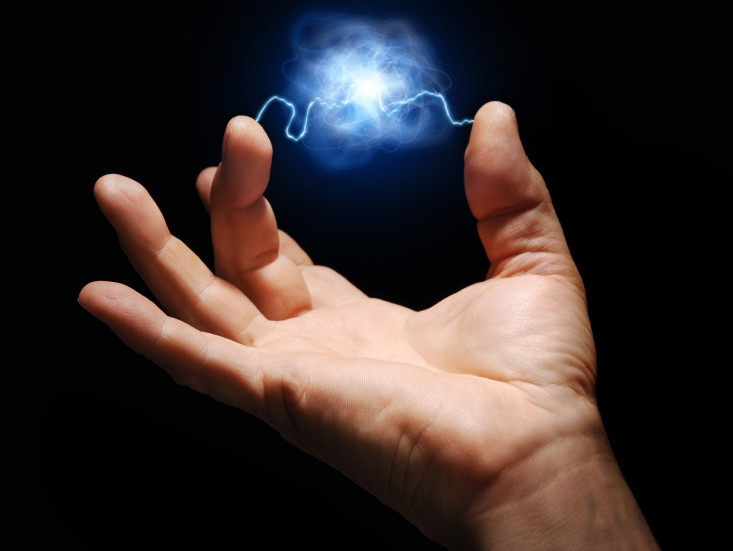EMDR Therapy - Eye Movement Desensitization Reprocessing
Eye Movement Desensitization and Reprocessing (EMDR) is an integrative psychotherapy approach that has been extensively researched and proven effective for the treatment of trauma. The EMDR model asserts that it facilitates the accessing and processing of traumatic memories to bring these to an adaptive resolution. (Shapiro 2001) Guidelines issued by more than one professional organization endorse the credibility of EMDR therapy. These guidelines define who may benefit from the treatment:
Ideal for those who have been unable to forget traumatic life events.

-
The American Psychiatric Association (APA) notes that EMDR therapy is effective for treating symptoms of acute and chronic PTSD. According to the APA, EMDR may be particularly useful for people who have trouble talking about the traumatic events they’ve experienced. The APA guidelines note that other research is needed to tell whether improvements from EMDR can be sustained over time.
-
The Department of Veterans Affairs and the Department of Defense have jointly issued clinical practice guidelines. These guidelines “strongly recommended” EMDR therapy for the treatment of PTSD in both military and non-military populations. They also note that this approach has been as effective as other psychological treatments in some studies, and less effective in others.
EMDR therapy uses bilateral stimulation across the right/left hemispheres of the brain. This can be eye movement, auditory stimulation, or tapping (usually done on the hands). This stimulation seems to facilitate the brain in processing memories that are held in an emotionally distressed state. Information processing is enhanced so that new associations are forged between the traumatic memory and more adaptive memories or information. A patient still remembers the targeted event as being a bad thing but now they sense that they are all right and can handle the memories. Current day reminders of the event no longer trigger a reaction. The patient’s view of themselves is more positive. (e.g., I can be safe. I have worth. I am not defective.)
To learn more about EMDR therapy, visit EMDRIA, the website for the EMDR International Association.
Why Wait?
If you are tired of being stuck, or if the approach you are trying is not helping…
Servicing the Akron-Fairlawn-Cleveland area.




